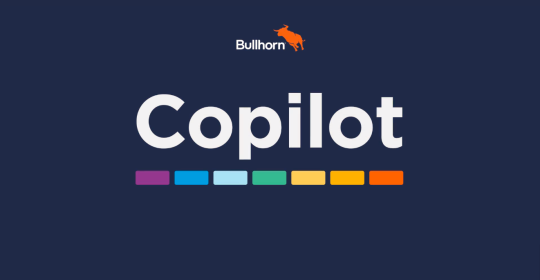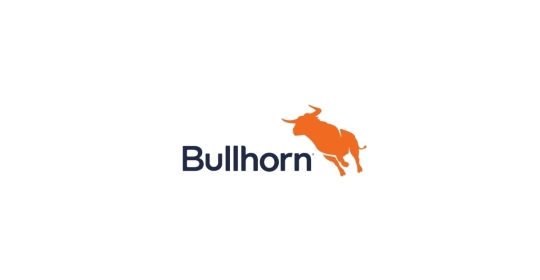Running a staffing firm isn’t a simple task – the recruiting industry is fast-moving and competitive, with little-to-no margin for error. Lack of cohesion and communication between sales and recruiting teams is at the root of many of the issues that staffing agencies face. This divide is bad news for the agency, for staff, and for clients.
If the sales team doesn’t have visibility of the candidates moving through the system, or the recruiting team doesn’t know about the financial status of a particular client, neither is well-positioned to make strategic decisions, and as a result efficiency suffers. Inefficient processes mean lost customers. Inadequate systems and data integration also produce unneeded paperwork and bureaucracy, slowing the whole agency down.
Conversely, when both sales and recruiting teams have a transparent view of the finances and pipeline, the whole team can collaborate more effectively. This ‘start-to-finish’ solution can have the company working together in lockstep and supporting each other as part of a unified workflow.
Collaboration is critical
According to our annual survey of 1,000 recruitment professionals, Global Recruitment Insights and Data (GRID), one in four respondents feel that their organisation deserves a failing score when it comes to interdepartmental collaboration. Furthermore, half of all recruiters aren’t even aware of who their agency’s most profitable clients are. Consider your own organisation: do your recruiters know where the money is coming from? How well do your teams collaborate? Are they all working from the same data?
A start-to-finish approach means that all teams across the organisation are aware of all the processes that are happening throughout the organisation. This involves tearing down barriers between departments and providing a level of transparency that traditional organisations have considered unnecessary. However, as many companies are beginning to find, there is immense value in taking each department out from its enclosed, growth-limiting silo, and allowing them to communicate. Once departments develop increased awareness of their counterparts, cooperation will feel natural, and processes will begin to shed the red tape they have accumulated.
Build relationships by being responsive
As the talent shortage continues, finding qualified candidates remains the number one challenge for many firms – according to our GRID survey, it is the top concern for 73 percent of recruiters worldwide. It is critical to offer a seamless candidate experience, especially nowadays, when convenience is king and people expect instant responses. It is essential to minimise friction to ensure that candidates remain engaged. With many candidates considering multiple options, each additional hurdle risks losing their attention to a competitor.
Firms hoping to work with the best candidates need to ensure that their application process, onboarding, and time and pay management are all smooth and hassle-free. Seamless processes stand to increase the fill rate of positions by up to 60 percent. Interdepartmental cooperation is key here, as it means faster responses and less bureaucracy. Firms which have increased interdepartmental collaboration model stand to double their candidate pipelines and save an average of 8.3 hours on key recruiting activities every week.
Streamline operations through transparency
Complete collaboration also means creating a unified system for margins data, revenue, and financial information. This makes it accessible for employees, regardless of their department, and makes it easier for decision-makers to understand the company’s books.
As we’ve already discovered, half of recruiters aren’t sure which of their clients are paying the most for their services. They might be intimately familiar with what each client demands, but if they don’t know what each client is worth, they can’t prioritise their efforts. For instance, if the recruiting department is consistently putting in extra hours for a client, they should know whether the agency is charging them in proportion to their effort.
Opacity on the numbers also means that certain departments are deprived of critical data when it comes to discussions of the company’s strategy, such as whether to accept more work from one client over another. Making this information accessible goes a long way toward bringing the company’s different departments together.
A unified platform makes for a unified agency
Recruiting is a team sport and everyone in the organisation needs to be on the same page. Cutting through red tape and managing the various responsibilities of an agency through a single platform can put a company in a powerful position, where everybody is confident in the role they play. Companies with united sales, staffing, and recruiting teams are the best placed to weather any talent shortage, remain up to date in an evolving industry, and succeed in a competitive field.








